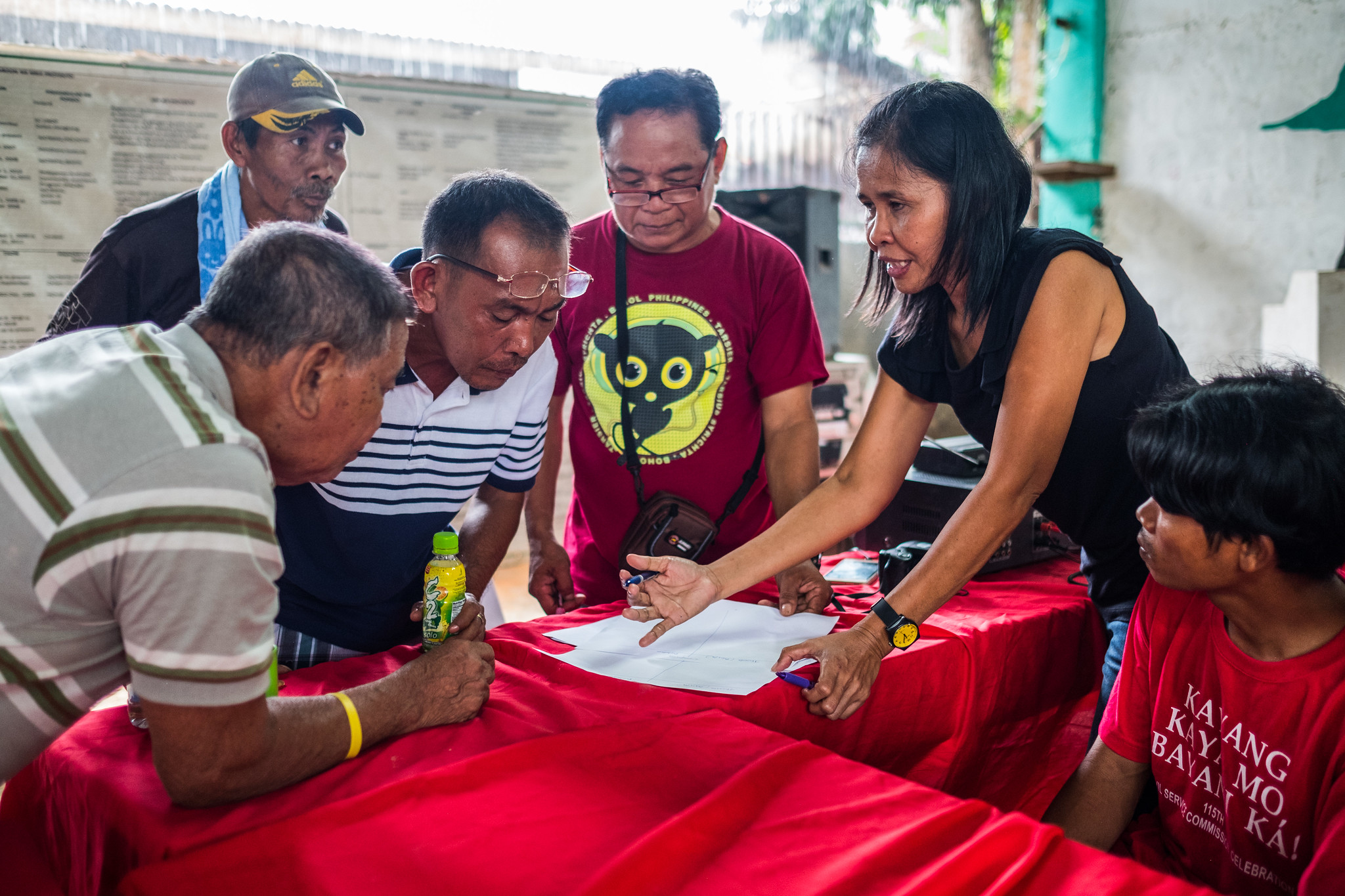In her May 2022 address to the Society for International Development, U.S. Agency for International Development (USAID) Administrator Samantha Power stressed that “too often our approach to development has narrowed the role of USAID and our partners to program implementers with an outsized emphasis on reporting.” In a series of three blogs, we look at how USAID Measuring Impact and Measuring Impact II have used pausing and reflecting as a tool to go beyond reporting and connect the dots between evidence use, adaptive management, and applied learning. Each blog considers how the benefits of pause and reflect practices can be realized at every scale, from local workshops to a global strategy—with the goal, as Administrator Power put it, of “progress beyond programs.”
Measuring Impact II (MI2) is implemented by Environmental Incentives and our partners Foundations of Success and ICF Macro, Inc. Working with USAID’s Biodiversity Division, MI2 builds on the work of Measuring Impact (2012-2018) to integrate evidence-based adaptive management approaches to enhance biodiversity conservation.
As USAID prepares to release guidance on pause and reflect best practices, we were inspired to take a moment to reflect on our early days as adaptive management practitioners. Today, state-of-the-art collaborating, learning, and adapting (CLA) practices, like pause and reflects, are industry standard. However, behind these practices is a story of evolution, from pilot programs to building capacity, and eventually, sustaining at scale.
Institutionalizing Pause and Reflect Pilots
For more than a decade, USAID’s Biodiversity Division and Measuring Impact (I/II) have worked together to integrate pause and reflect practices within programming and among partners. At the outset, pause and reflect practices were novel processes to turn collective experiences into learning that can inform decision-making. These practices are essential in a sector that prioritizes sustainability and local knowledge to respond to dynamic, complex challenges such as conservation and climate change, as they enable teams to honestly examine their progress and make thoughtful adjustments to changing circumstances or unanticipated results.
In the early years of the project, the joint MI and USAID team of Program Cycle specialists piloted five activity-focused pause and reflect processes across different biodiversity activities. These pilots were informed by the first years of MI and USAID innovation to build capacity for adaptive management and applied learning. A novel approach at the time, the pilots marked the beginning of establishing a pause and reflect model to foster relationships and make use of evidence to adapt programming decisions.
Fast forward several years to 2023—MI2 has now facilitated more than 100 activity-focused pause and reflect processes with Missions across Africa, Asia, and Latin America and the Caribbean. These opportunities bring together multiple stakeholders at key points in the Program Cycle planning and implementation process, building a shared ownership over activities’ progress and learning. Importantly, the learning goes beyond each pause and reflect, demonstrated by how partners adapt their programs in profound ways. A major success has been inspiring new pause and reflect champions along the way, starting at the local and activity levels. For example, in Peru, MI2 partner Alianza Forestal applied the learnings from a pause and reflect model to scale up their program to an additional 23 Indigenous communities across the Amazon.
Sustaining at Scale
Ultimately, the ability to sustain these practices depends on motivated and capable USAID staff and partners with access to the right tools at the right time. In Madagascar, MI2 worked in collaboration with two USAID Biodiversity Advisors and a local team member to provide training and coaching for USAID and partner staff on the planning and delivery of their pause and reflect processes. In the following years, those USAID and partner staff now lead their own pause and reflect processes for two activities.
In order to sustain at scale, we’ve developed tools and resources to help more teams lead their own pause and reflects. In collaboration with the USAID Biodiversity Advisors Program and the South America Regional Office, MI2 developed a best practices guide and facilitation toolkit (forthcoming). With these new tools in hand, we’re excited to work with new partners to strengthen their capacity to use pause and reflect practices to build toward “progress beyond programs.”



